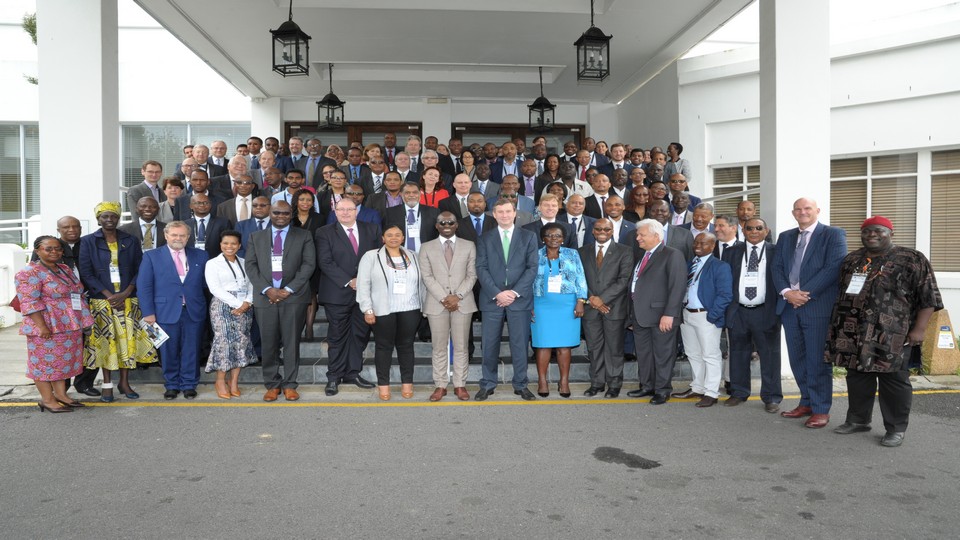880 results found
Featured results



More results
The purpose of this manual is to contribute to improvements in the quality of infrastructure regulation.

A major factor hindering infrastructure implementation and delivery is the absence of good governance, according to the 130 delegates from 27 countries who came together for the first Regional Roundtable on Infrastructure Governance in Cape Town in November.
The European Investment Project Portal (EIPP) and the Global Infrastructure Hub (GI Hub) announce their cooperation to exchange projects for publication on their websites.
The document contains the key anti-money laundering and combatting financing of terrorism ( AML-CFT ) principles applicable to EIB Group activities and is in line with the principles of relevant EU legislation as amended and more.

The OECD DAC Blended Finance Principles for Unlocking Commercial Finance for the SDGs aims to ensure that blended finance is deployed in the most effective way to address the financing needs for sustainable development.

This brief analyzes the benefits and challenges of using portable screening devices to regulate medicine quality in low-income countries.

This study examines the potential role of the Central Asia Regional Economic Cooperation (CAREC) Program in improving aviation in the region.

This publication examines the effective regulation and governance practices of the pharmaceutical sector in the Greater Mekong Subregion.

This paper establishes a general equilibrium trade model and adopts the “market access” approach to measure the impact of the high-speed railway (HSR) network on the economic growth.

The paper discusses project preparation and procurement approaches adopted in Latin America and the Caribbean and how sustainability is incorporated into these.

This Guidance Note supports promoters, practitioners and other interested stakeholders in interpreting and implementing Standard 3 on Biodiversity and Ecosystems, as part of the EIB Environmental and Social Standards.

Multilateral Development Banks led by the International Finance Corporation - published a new joint platform, Global Toolbox, in January 2018.


Between September and October 2018, we gathered the views of 118 power and utility company executives from over 100 companies and 56 different countries or territories in Europe, the Americas, Asia Pacific, Middle East and Africa.


This compendium presents the best practices for the introduction and development of road asset management based on a desk review of the experiences in the 11 member countries of the Central Asia Regional Economic Cooperation (CAREC) Program.

This report examines the social and gender footprint of large-scale electricity generation, transmission, and distribution projects.

This articlehighlights the process and lessons learned from the Vulnerability Assessment and Climate Resilient Road Strategy of the Samoan road network, and outlines a replicable approach for small island nations with acute capacity challenges that seek to balance analytical rigor with the need for practicality.

The International Finance Corporation (IFC) has a mandate to mobilize private financing and is looking to do this through various syndicated products including: B Loans, Parallel Loans and A Loan Participations
The Global Infrastructure Hub recently launched its Project Pipeline, a dynamic online platform containing details on government infrastructure projects across the globe. The Pipeline was created by the GI Hub in response to market demand for an early stage global pipeline of projects.
This Railway Reform Toolkit aims to provide an easy-to-use resource on the rail industry and to provide an experience-based set of best practices to aid in the planning and execution of railway reforms.






 Global Infrastructure Outlook
Global Infrastructure Outlook




